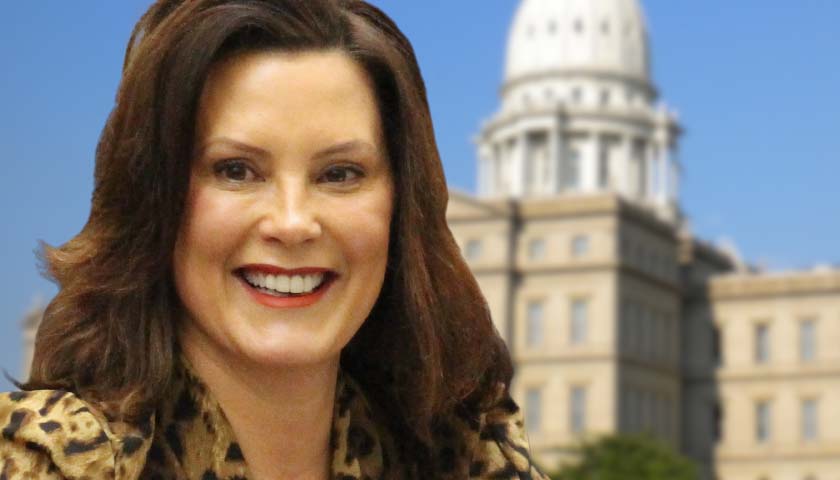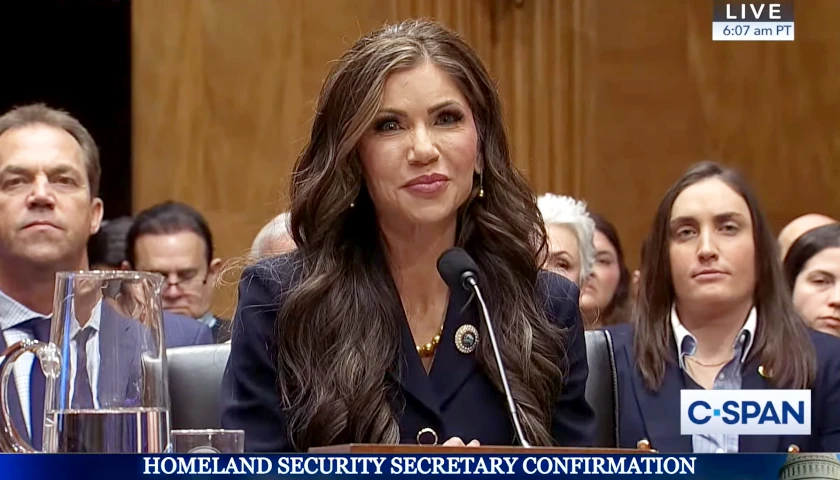by Bruce Walker
Gov. Gretchen Whitmer has announced plans to spend billions of federal tax dollars to increase high-speed internet access in the state.
The governor issued Executive Directive 2021-12 Monday, designed to expand access to high-speed internet in Michigan. The programs will be funded from money the state is anticipated to receive from the recently passed Infrastructure Investment and Jobs Act.
Attempts to “bridge the digital divide” have been implemented through federal and state programs since the Federal Communications Commission (FCC) initiated its National Broadband Plan in 2010, with money from the 2009 American Recovery and Reinvestment Act. Michigan has allocated additional federal funds, including:
- $363 million through the Federal Communication Commission’s Rural Digital Opportunity Fund Auction.
- $32.6 million through the U.S. Department of Agriculture’s ReConnect Program.
- $5.3 million through the FCC’s COVID-19 Telehealth Grant Program.
- $25 million through the CARES Act to support distance learning and internet-capable device purchases for students in need.
An FCC report issued in December 2020, relying on data collected in 2018, concluded 99% of Michigan residents experienced fixed internet connections of 200 kbps downstream and 98.1% accessed the internet at 3 Mbps downstream speeds. However, only 53.1% of Michiganders enjoyed downstream speeds of 100 Mbps or higher.
According to a news release issued by the governor’s office, her ED directs state departments to take a range of actions, including:
- Putting Michigan workers and businesses first, prioritizing in-state businesses and workers as the state continues building up high-speed internet infrastructure.
- Helping local communities build more efficiently, using the “dig once” principle to complete work on water, high-speed internet, and other utilities simultaneously wherever possible.
- Prioritizing the improvement of high-speed internet infrastructure in communities with the slowest speeds first to ensure the state is making equitable investments.
- Collaborating with local service providers to develop an even more granular, comprehensive map of internet coverage in Michigan to strategically close the digital divide.
- Developing a digital equity plan to identify barriers to internet access, make long-term plans with counties and communities to improve access, and assess how enhanced access improves a range of other social, economic, and health-related outcomes.
“Right now, we have an historic opportunity to put Michiganders first and use the billions in funding we are expected to receive under the Infrastructure Investment and Jobs Act to ensure every home and business in our state has access to an affordable, reliable high-speed connection that meets their needs and that they know how to use,” Whitmer said in a statement.
Since assuming office in 2019, Whitmer has established the Connecting Michigan Taskforce and the Michigan High-Speed Internet Office as part of her goal to attain 100% access to high-speed internet and 95% adoption by households over the next five years. The governor’s office claims it has expanded service to nearly 19,000 residential and business addresses.
– – –
Bruce Walker is a regional editor at The Center Square. He previously worked as editor at the Mackinac Center for Public Policy’s MichiganScience magazine and The Heartland Institute’s InfoTech & Telecom News.
Photo “Gov. Gretchen Whitmer” by Julia Pickett. CC BY-SA 4.0. Background Photo “Michigan State Capitol” by Subterranean. CC BY-SA 3.0.





